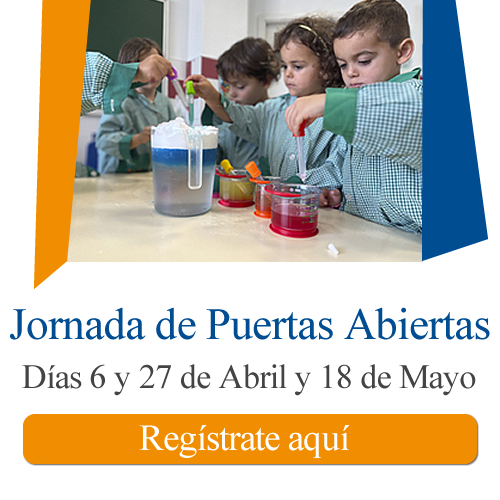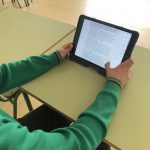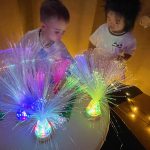Our pupils have made a rain gauge, a weather vane and an anemometer, and they will make in future lessons a well, some prehistoric tools and an aqueduct. Some of these artefacts can be used at home so that they can learn better how they work. It’s a great way to know more things about the subject and while they’re learning they’re also having a great time in class using their science and crafts’ skills.
Do you like the weather vane that our students have made in class? If you want to make it at home, follow these simple instructions:
– Weather vane: you need recycled cardboard, a drinking straw, scissors, a pencil with an eraser on its top, a pin, a ruler, a piece of soft clay or play dough, a recycled paper/plastic plate and a black marker. First, you have to draw a triangle and a square on the cardboard and cut them. You can decorate them as you want. Then, you have to cut a list in each end of the drinking straw and stick the triangle and the square into the slits to make an arrow. After that, you put your pin through the centre of the straw and into the pencil eraser. You have to make sure that the straw doesn’t touch the eraser and that it spins freely. Write with a marker the directions (N, S, E, W) on the plate. You can also write the intermediate directions if you want (NW, SW, NE, SE). Finally, you use the clay or the play dough as a base to keep your weather vane in place in the middle of the plate. The last step is to take your weather vane outside to see if it spins.









Deja una respuesta
Lo siento, debes estar conectado para publicar un comentario.